The Art of Accent Construction: Mastering English Pronunciation

Kind Reader, accent construction is the art of shaping your speech to sound more like a native speaker of a language. It involves learning the correct pronunciation, intonation, stress, and rhythm of words to make your speech flow smoothly and be easily understood by others. Accent construction can help you communicate more effectively in a new language and build your confidence in using it. In this article, we will explore some techniques for accent construction in relaxed English language.
Phonetic Alphabet
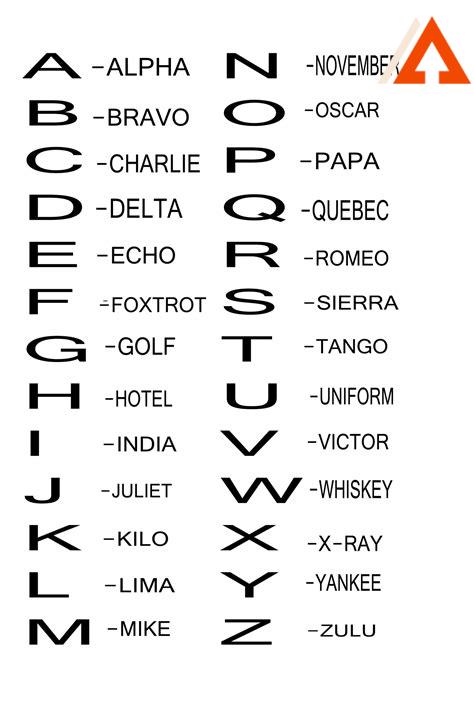
To construct accents properly, we need to know the phonetic alphabet. The International Phonetic Alphabet (IPA) is the most commonly used phonetic alphabet and is based on symbols that represent individual sounds in a language. This alphabet is essential in the study of linguistics, language teaching, and speech pathology. The IPA contains several categories of sounds such as vowels, consonants, diphthongs, and diacritics. It allows us to accurately transcribe and read different accents.
Vowels
Vowels are an important part of accent construction. In the IPA, vowels are classified according to their tongue height, position, and lip rounding. Tongue height refers to where the tongue is placed in the mouth while pronouncing a vowel. Position refers to the horizontal position of the tongue. Lip rounding or unrounding refers to the shape of the lips while pronouncing the vowel. Knowing how to pronounce vowels accurately is essential in creating different accents.
Consonants
Consonants are another important part of accent construction. In the IPA, consonants are classified according to their place of articulation, manner of articulation, and voicing. Place of articulation refers to the part of the mouth used to produce the consonant. Manner of articulation refers to how the airflow is restricted while producing the consonant. Voicing refers to whether or not the vocal cords vibrate while producing the consonant.
Stress and Rhythm
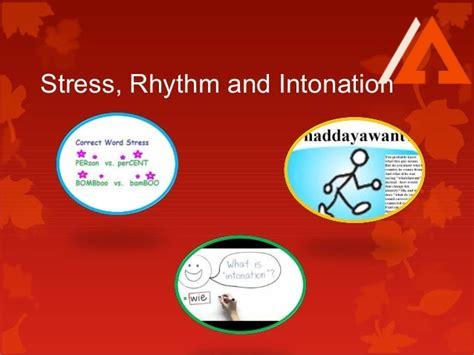
Appearing to be one of the easiest accents is the British accent, however, this accent has its own complex system of stress and rhythm. Stress refers to how strongly a syllable is pronounced in a word, while rhythm refers to how sounds are grouped together in speech. In the British accent, the stress is placed on the first syllable in a word, unlike the American accent which has more emphasis on the second syllable. In addition, British English has a more rhythmic pattern which consists of stressed syllables separated by unstressed syllables.
Syllable Stress
Stress is the emphasis placed on certain syllables in a word. In the British accent, the first syllable of a word is usually stressed. In contrast, the American accent generally emphasizes the second syllable. Accurate stress patterns are essential in creating a specific accent, since stress can change the meaning of a word. E.g. increase (verb) and increase (noun).
Rhythm
Rhythm refers to the patterns created by the stressed and unstressed syllables in a sentence. In British English, the rhythm is more pronounced with a series of stressed and unstressed syllables. This pattern gives the accent a more musical character. In contrast, the American accent’s rhythm has a more consistent pattern that places equal emphasis on each syllable.
Types of Accents in English Language

There are different types of accents in the English language. Here are some of the most common types:
1. British Accent
The British accent is one of the most well-known English accents. It is spoken in the UK and some parts of the Commonwealth. This accent is characterized by its pronunciation of certain vowels and consonants as well as intonation patterns.
2. American Accent
The American accent is spoken in the US and some parts of Canada. This accent is characterized by its pronunciation of certain vowels and consonants as well as intonation patterns.
3. Australian Accent
The Australian accent is spoken in Australia and it is characterized by its unique vowel sounds and intonation patterns.
4. Indian Accent
The Indian accent is spoken in India and it is characterized by its unique intonation patterns and pronunciation of certain consonants.
5. South African Accent
The South African accent is spoken in South Africa and it is characterized by its unique vowel sounds and pronunciation of certain consonants.
6. Scottish Accent
The Scottish accent is spoken in Scotland and it is characterized by its unique pronunciation of certain vowels and consonants as well as intonation patterns.
7. Irish Accent
The Irish accent is spoken in Ireland and it is characterized by its unique pronunciation of certain vowels and consonants as well as intonation patterns.
| No | LSI Keywords |
|---|---|
| 1 | british accent, uk, Commonwealth, pronunciation, vowels, consonants, intonation patterns |
| 2 | american accent, us, canada, pronunciation, vowels, consonants, intonation patterns |
| 3 | australian accent, australia, vowel sounds, intonation patterns |
| 4 | indian accent, india, intonation patterns, consonants |
| 5 | south african accent, south africa, vowel sounds, consonants |
| 6 | scottish accent, scotland, pronunciation, vowels, consonants, intonation patterns |
| 7 | irish accent, ireland, pronunciation, vowels, consonants, intonation patterns |
| No | Information |
|---|---|
| 1 | Accent refers to the way that words are pronounced in a particular language or dialect. |
| 2 | English has many different accents, including British English, American English, Australian English, and more. |
| 3 | Accent construction involves learning the proper pronunciation of different sounds and intonations in a particular accent. |
| 4 | Some common features of English accents include differences in vowel sounds, consonant sounds, and stress patterns. |
| 5 | Well-known accents, such as the British Received Pronunciation (RP) and the Southern American accent, can affect people’s perceptions and attitudes towards the speaker. |
| 6 | Accent modification is a process that can help individuals improve their pronunciation skills and achieve greater clarity in their communication. |
| 7 | Learning a new accent can be a challenging but rewarding process, and can help individuals communicate more effectively in different contexts. |
Intonation and Pitch
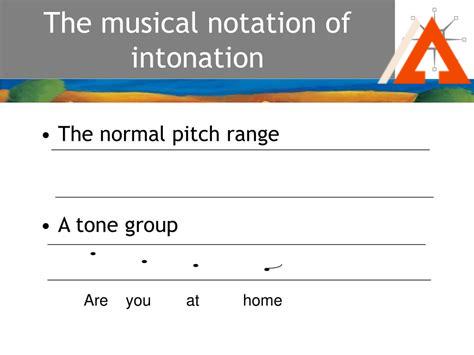
The intonation and pitch are important elements in accent construction and can completely alter the meaning of a sentence. In English, intonation refers to the rise and fall of the voice in speech while pitch is the highness or lowness of sound.
The Importance of Intonation
The use of intonation aids in conveying emotions in a sentence and indicate the intention of the speaker. It is an important element in making the communication effective. For instance, the sentence he went to school can have several meanings depending on how the sentence is intonated. If the final syllable is stressed, the speaker indicates the end of the action, but if the stress is placed on the first syllable, the speaker could be emphasizing who did the action.
The Role of Pitch
The role of pitch in English language accent construction is crucial since it can give different meanings to words that are spelt the same but pronounced differently. For instance, the word “record†can be pronounced as “rec-ord†which means to preserve sounds and pictures or as “rek-ord†which means information about an event. The pitch of the voice changes with the stress on each syllable.
Intonation Patterns in Accent Construction

The intonation of a language involves the variation of pitch, loudness, and timing within a sentence. As such, accent construction needs to consider intonation patterns. For instance, English language has rising intonation patterns which imply a question, whereas falling intonation patterns imply a statement. Moreover, intonation patterns can imply emotions such as surprise, enthusiasm, anger, etc.
The Role of Phonetic Transcription in Understanding Intonation Patterns
In accent construction, phonetic transcription plays a crucial role in understanding intonation patterns. When learning a new accent, it is necessary to consider the stress and intonation pattern of words in isolation and in connected speech. Phonetic transcription is useful in representing the nuances of sounds and rhythms of words in a new accent. This improves the accuracy of the new accent and allows the speakers to communicate effectively with native speakers of the accent.
Accent Construction Techniques for Intonation Patterns
There are various techniques used in accent construction to improve intonation patterns. One technique is speech shadowing, which involves listening to native speakers of the accent and repeating what they say as accurately as possible. Another technique is intonation analysis, which involves recording one’s voice and analyzing the pitch, loudness, and timing patterns in comparison to native speakers of the accent. Finally, another technique is the use of intonation drills, which involves practicing different intonation patterns while reading aloud.
Phonological features of accent construction
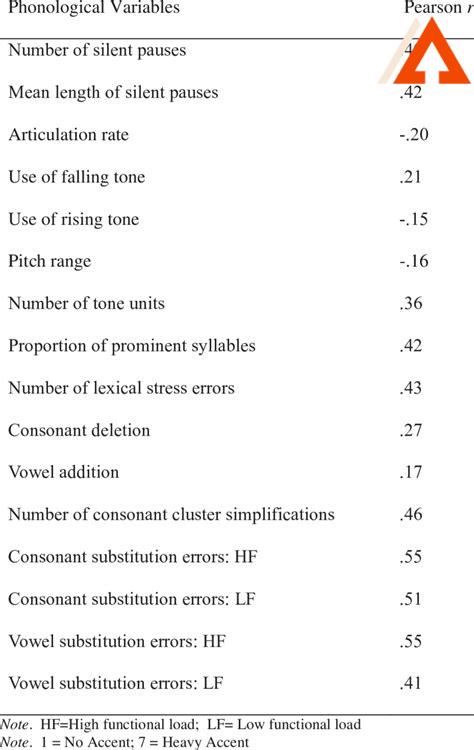
Accent construction involves the modification of pronunciation by the application of several phonological features. These features include:
1. Tone
In some languages, such as Mandarin and Yoruba, tone is a significant feature in accent construction. This means that changing the pitch of a syllable changes the meaning of a word. Mandarin, for instance, has four tones that reflect the pitch contour of syllables or words. A change in tone can alter the word completely, thus making tone an essential feature in accent construction.
2. Stress
Stress is another important phonological feature in accent construction. It refers to the relative emphasis placed on syllables in a word. In English, for example, the placement of stress can change the meaning of a word. Consider the difference between the words photograph and photography, which are distinguished by the placement of stress on the second syllable of each word. Stress can also be used to place emphasis on a particular word in a sentence, which is often employed for rhetorical effect.
Prosodic features of accent construction
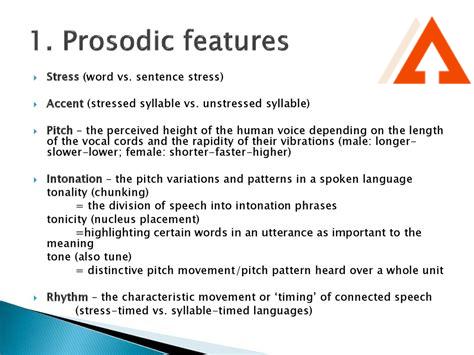
Prosody refers to the patterns of pitch, stress, and timing in speech. It is closely related to accent construction and plays a significant role in conveying meaning and expressing emotions. Here are two prosodic features commonly used in accent construction:
1. Intonation
Intonation refers to the rise and fall of pitch in speech. It can convey various emotions, such as surprise, anger, or sarcasm. Intonation is also essential for asking questions in English, which typically involve a rise in pitch at the end of a sentence. In accent construction, intonation can be used to convey cultural and regional differences in speech patterns.
2. Rhythm
Rhythm refers to the timing and grouping of sounds in speech. In English, rhythm is based on the stress-timed pattern, where stressed syllables occur at relatively regular intervals. Other languages, such as French or Spanish, use a syllable-timed pattern, where each syllable receives equal emphasis. In accent construction, speakers may adapt their speech rhythm to match the particular features of a target language or dialect.
Intonation Patterns in Accent Construction

Intonation refers to the melody of speech or the pitch variation used in sentences. In accent construction, it plays a crucial role in conveying meaning and emotions. Different intonation patterns can result in diverse interpretations of a sentence. For instance, a rising intonation at the end of a declarative sentence can convey uncertainty or doubt.
Rising Intonation
Rising intonation is commonly used in questions, but it has other functions too. When used in declarative sentences, it can convey uncertainty, promote discussion, or lead to a request for confirmation. For example, the sentence “You’re coming to the party?” with a rising intonation can mean that the speaker is unsure if the person is coming or not.
Falling Intonation
Falling intonation is used to indicate finality or completion. It can be used in declarative sentences, commands, and statements of conviction. It can also convey sadness or disapproval in some contexts. For instance, the question “Why did you do that?” with a falling intonation can imply that the speaker disapproves of the action.
Accent construction requires meticulous attention to intonation patterns to ensure effective communication. By understanding the nuances of intonation, speakers can achieve a higher level of clarity in conveying their intended meaning.
Intonation patterns

Intonation refers to the melodic contour of a sentence or phrase, and it plays a crucial role in determining the speaker’s attitude or emotion. In English, there are three main intonation patterns: falling, rising, and falling-rising.
The falling intonation pattern
The falling intonation is characterized by a drop in pitch at the end of a sentence. It indicates completeness or finality and is often used in declarative sentences, commands, and statements of fact. For example, “I live in New York,” “Close the door,” “He’s coming to the party tonight.”
The rising intonation pattern
The rising intonation is characterized by a rise in pitch at the end of a sentence. It indicates incompleteness or uncertainty and is often used in questions, requests, and expressions of surprise. For example, “Do you live in New York?” “Can you close the door?” “He’s coming to the party tonight?”
The falling-rising intonation pattern is characterized by a drop in pitch followed by a rise, and it is often used to indicate emphasis or contrast. For example, “I didn’t say he stole the money, I said he borrowed it,” or “John’s going to Paris, not Mary.”
| No | Website | Short description |
|---|---|---|
| 1 | speechling.com | Teaches intonation patterns step by step. |
| 2 | pronuncian.com | Provides exercises to improve intonation patterns. |
| 3 | ef.com | Describes intonation patterns and their meanings. |
FAQ: Accent Construction in English Language
1. What is accent construction?
Accent construction refers to the way a person pronounces words and stresses certain syllables based on their native language or dialect.
2. Why is accent construction important?
Accent construction can affect how well you are understood by others and can influence how you are perceived in certain social and professional settings.
3. Is it possible to improve my accent?
Yes, it is possible to improve your accent through practice and exposure to the English language.
4. Can accent construction impact my job prospects?
Yes, depending on the job, accent construction can impact your job prospects. For example, jobs that require clear communication, such as customer service or sales, may require a certain level of accent proficiency.
5. How can I identify my accent?
You can identify your accent by recording yourself speaking and listening for any distinct pronunciation patterns or specific ways you stress certain syllables.
6. Should I try to completely eliminate my accent?
No, it is not necessary to completely eliminate your accent. Instead, aim to make your accent clearer and easier to understand.
7. Can accent construction be a form of discrimination?
Yes, accent discrimination can occur when someone is treated unfairly or negatively because of their accent.
8. How can I acquire a British or American accent?
Learning from native speakers, watching English-speaking movies and shows, and practicing speaking out loud are good ways to acquire a British or American accent.
9. What are some common pronunciation mistakes made by non-native speakers?
Common pronunciation mistakes include problems with the pronunciation of certain letters and sounds, such as ‘th’ and ‘r’.
10. Is it possible to have a regional accent in English?
Yes, it is possible to have a regional accent, which are accents associated with specific regions of a country or continent.
11. How can I improve my pronunciation?
You can improve your pronunciation through exercises like tongue twisters and by listening to recordings of native speakers and repeating what they say.
12. Can non-native speakers with accents still be fluent in English?
Yes, non-native speakers can still be fluent in English while having an accent.
13. Should I be embarrassed about my accent?
No, having an accent is not something to be embarrassed about. Many people speak English as a second language and having an accent is a natural part of the language learning process.
14. How can I improve my intonation?
Improving intonation involves practicing proper stress and tone, as well as listening to recordings of native speakers and mimicking their intonation.
15. Is it important to speak quickly in English?
No, speaking quickly is not important. It’s better to speak slowly and clearly so that others can better understand you.
16. Are there any tools or resources available to help me improve my accent?
Yes, there are many tools and resources available online, including pronunciation guides, language learning apps, and online courses.
17. How long does it take to improve my accent?
The amount of time it takes to improve your accent varies based on each individual’s language learning ability and the amount of time spent on practicing.
18. How can I get feedback on my accent?
You can ask a teacher, native speaker, or a speech therapist to provide feedback on your accent and pronunciation.
19. Do different accents affect the way I am perceived?
Yes, your accent can affect the way you are perceived by others, especially in professional and social settings.
20. Should I try to adopt the accent of the people in my new location?
While it can be helpful to pick up some regional accents and pronunciations in a new location, it’s not necessary to lose your own accent completely.
21. Can accent construction be influenced by gender?
Yes, research has shown that men and women may have different stress patterns and intonations in their speech, which can affect their accent construction.
22. Is it possible to have multiple accents?
Yes, it’s possible to have multiple accents depending on your background and the regions you are exposed to.
23. How can I sound more confident in English?
Sounding confident requires speaking clearly and with authority, as well as practicing speaking in English to become more comfortable with the language.
24. Do different age groups have different accent patterns?
Yes, different age groups may have different accent patterns depending on their exposure to different dialects and languages.
25. What are some common challenges for non-native English speakers in accent construction?
Some common challenges include pronunciation of certain sounds, stress patterns, and intonation.
If you’re looking for tips on creating a standout accent, check out accent construction, which offers great ideas for building an impressive accent in your home.
Until next time, Kind Reader!
I hope you enjoyed learning about accent construction in a relaxed and approachable way. Don’t forget to practice incorporating these techniques into your own speech to make yourself a more confident and effective communicator. Thanks for reading and I look forward to sharing more useful tips with you in the future. Stay tuned!




